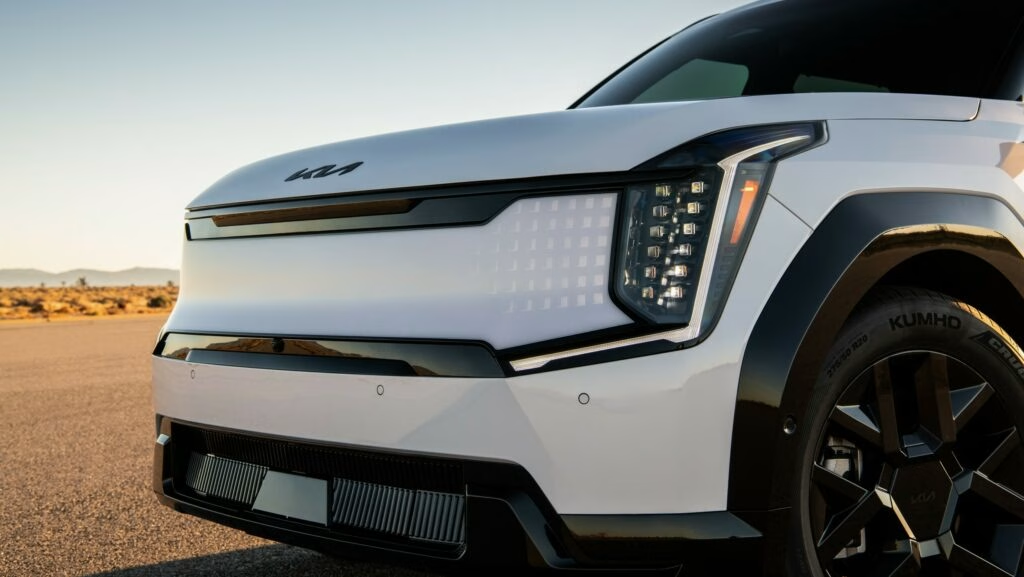Why Are Kia’s Electric Vehicle Sales Dropping in 2025?
Kia’s overall sales are climbing, but there’s a twist: their electric vehicles are hitting some serious speed bumps. If you’re following the EV market, you’ve probably noticed this isn’t just a Kia problem—2025 has been a tough year for electric cars across the board. But the numbers for Kia’s flagship EVs, the EV6 and EV9, stand out.
Let’s get specific. In July, Kia sold 1,737 EV9s and 1,290 EV6s. Compare that to the same month last year—1,815 EV9s and 1,545 EV6s. That’s a drop, but the bigger story is in the year-to-date totals. By the end of July, Kia had moved 7,165 EV6s, down a whopping 42.6% from the same period in 2024. The EV9 is down 41.8%, with just 6,675 units sold compared to 11,486 last year. Ouch.
What’s behind this sharp decline? Several factors are at play. Industry analysts point to a cooling in overall EV demand, driven by concerns about charging infrastructure, higher interest rates, and shifting consumer priorities. According to a 2024 J.D. Power study, nearly 60% of potential EV buyers cited charging convenience as a top concern. Add in the fact that some government incentives have been scaled back, and it’s easy to see why shoppers might be hitting the brakes.
Are Gas-Powered Kias Picking Up the Slack?
Absolutely—and then some. While the EVs are struggling, Kia’s gas-powered lineup is on fire. The K5 sedan has already cleared 40,000 sales this year. The Carnival minivan? Up 52.4% year-over-year, with 39,080 units sold. The Telluride, Sorento, and K4 are all holding strong. But the real MVP is the Sportage, racking up over 101,000 sales so far in 2025. That’s a huge chunk of Kia’s 8.3% year-to-date sales increase.
This isn’t just a blip. Kia’s vice president of sales operations, Eric Watson, recently highlighted the brand’s “record-breaking consumer sales growth” and pointed to the Sportage as a prime example of what’s working: efficiency, capability, and a strong emotional connection with buyers. It’s clear that, at least for now, Kia’s bread and butter is still running on gasoline.
What Does This Mean for Kia’s EV Strategy?
Kia isn’t abandoning its electric ambitions, but the numbers suggest a pivot—at least in the short term. With EV sales lagging, the company is doubling down on what’s working: SUVs and minivans with traditional powertrains. That doesn’t mean the EV9 and EV6 are going away, but don’t be surprised if you see more marketing muscle behind the Sportage or Carnival in the coming months.
There’s a lesson here about timing and market readiness. Even as automakers roll out more advanced EVs, consumers aren’t always ready to make the leap. It’s a reminder that the road to electrification isn’t a straight shot—it’s full of twists, turns, and the occasional detour.
How Are Other Automakers Handling the EV Slowdown?
Kia’s not alone. Across the industry, brands are rebalancing their portfolios. Some are delaying new EV launches or shifting resources back to hybrids and efficient gas models. According to Cox Automotive, U.S. EV sales growth slowed to just 2.6% in the first half of 2025, compared to double-digit growth in previous years. That’s a clear signal that the market is recalibrating.
Hybrids, in particular, are having a moment. They offer a middle ground for buyers who want better fuel economy without the range anxiety or charging hassles of a full EV. Expect to see more automakers, Kia included, expanding their hybrid offerings as a way to bridge the gap.
What Should Shoppers Take Away From These Trends?
If you’re in the market for a new car, this is actually good news. With EV demand cooling, dealers may be more willing to negotiate on price or offer incentives. Meanwhile, gas-powered models are plentiful and often come with attractive financing. And if you’re curious about EVs but not quite ready to commit, keep an eye on hybrid options—they’re likely to be the sweet spot for a lot of buyers in the next couple of years.
The big takeaway? Navigating the car market in 2025 isn’t about perfection—it’s about smarter adjustments. Start with one change this week, and you’ll likely spot the difference by month’s end.

